Iranian Minister Speaks Of 'Peaceful' Nuclear Cooperation With Russia

Iran wants to expand its cooperation with Russia in the energy sector, including the development of "peaceful" nuclear energy, Iranian Economy Minister Ehsan Khanduzi said.

Iran wants to expand its cooperation with Russia in the energy sector, including the development of "peaceful" nuclear energy, Iranian Economy Minister Ehsan Khanduzi said.
"The prospect of cooperation in the field of 'new energy' and renewable energy sources, as well as in the field of other types of energy, including peaceful nuclear energy, certainly causes great interest and motivation for expanding economic relations with Russia," Khanduzi said in an interview with Russia’s RIA state news agency published on Tuesday.
Iran and Russia are cooperating to expand Iran's Bushehr nuclear power plant. Russia started deliveries of nuclear fuel for Bushehr in late 2007, a step both Washington and Moscow said removed any need for Iran to have its own uranium enrichment program.
Khanuzi also said Iran counts on "huge volumes" of oil and gas swaps from Russia this year.
"This year will witness huge volumes of swap supplies. We are very pleased that Tehran and Moscow have started cooperation on the issue of swap supplies of oil and gas," Khanduzi was cited as saying.
There were no details on what volumes of oil and gas Iran is expecting.
In October, Russia said that a swap deal with Iran may initially include 5 million tons of oil and 10 billion cubic meters of natural gas per year.
There have been many reports about possible Russian investments in Iran’s fossil fuel sector, but so far no projects have been launched.
Iran has been delivering drones to Russia for its war on Ukraine and Western powers have expressed serious concerns over expanding military ties between Tehran and Moscow.
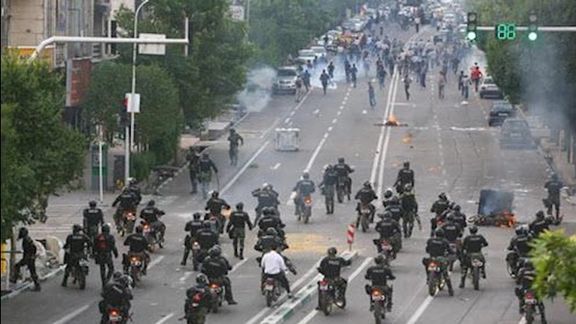
Iran's strategic gasoline reserves have dropped to five-days’ supply, forcing the government to consider a new fuel management plan and precautions to prevent possible unrest.
Iran International has acquired a classified document outlining the proceedings of a meeting of various government officials from different departments at the presidential office in late February according to which strategic fuel reserves have dropped to a dangerously low level, forcing major repairs at refineries to be delayed to allow maximum production for the time being.
The document sent to the president and a host of other officials including the chief justice and parliament speaker, as well as heads of the military and law enforcement forces refers to the imbalance in gasoline production-usage levels as a “serious issue”.
Participants in the meeting decided that the oil ministry, which is apparently drawing up the new plan, should offer assurances to the public that it will help maintain the supply of fuel at normal levels. The meeting decided to advise officials to avoid any public remarks or suggestions that could be interpreted as an intention to raise current fuel prices.
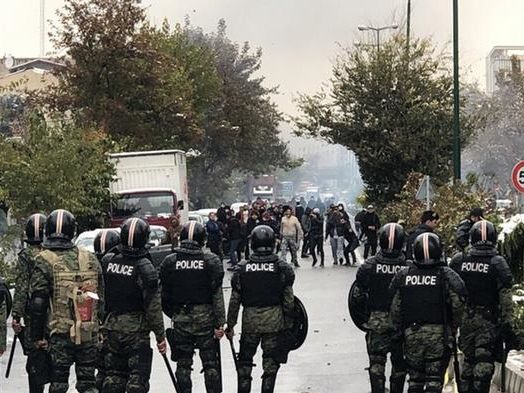
Details of the new fuel usage management plan have not been mentioned in the document.
There have been several reports in recent months that Iran’s refineries face technical problems and they operate below normal levels. Lack of foreign currency, US sanctions and insufficient natural gas supplies are all reasons impeding full operational capacity.
The report also includes several suggested measures, including controlling domestic media reporting on the issue and containing the consequences of enforcing the plan amid the many economic troubles that Iranians are currently facing.
In November 2019, the announcement of the government’s decision to increase fuel prices by 50–200 percent triggered a cycle of protests and unrest across the country that lasted for over two weeks. During this time, angry protesters torched hundreds of gas stations, banks, and government buildings.
Gas station torched by protesters in Eslamshahr to the south of the capital Tehran, November 2019.
Security forces heavy-handedly suppressed the protests amid a week-long internet shutdown. The crackdown was the most violent since the Islamic Revolution of 1979. The month of Aban in the Iranian calendar during which the protests occurred is now often referred to as “Bloody Aban”.
Thousands including journalists were arrested. The government never officially reported the death toll but as many as 1500 were killed according to unofficial reports.
Daily gasoline consumption has risen to 104 million liters from 82m liters before the pandemic, the report says, adding that usage is expected to rise to between 120m and 130m during the New Year holidays (late March and early April).
While the representative of the Central Bank of Iran in the meeting attributed the increased fuel use to smuggling to neighboring countries, a representative of the Economic Security Police blamed high fuel use of domestically produced vehicles and recommended an increase in production.
The meeting focused on the fuel supply issue but some other economic topics such as controlling the foreign exchange market were also discussed. According to the report, the meeting tasked security and judiciary bodies with controlling the media coverage of these issues.

Iran's central bank claims that recent agreements with Saudi Arabia and the United Arab Emirates are already reaping financial rewards for the cash-strapped economy.
In a statement released Sunday, the Central Bank of Iran (CBI) said the growth in foreign currency availability made it possible to exchange about 630 million [UAE] dirhams, a huge boost to the country in the midst of a biting recession.
In a statement released at the weekend, the CBI said, “Tehran’s success in foreign policy and prioritizing relations with its neighbors, including the agreements with Arab countries, especially Riyadh and Abu Dhabi, has resulted in the foreign currency availability.
Renewed ties with Saudi Arabia and the UAE brokered this month, in addition to deals with other Persian Gulf Arab countries, have boosted interbank communication and produced tangible results that will complement the foreign exchange policies of the central bank.
The claims by the CBI come in the midst of a situation in which the rial lost further value against the US dollar on Sunday, reaching 500,000, raising doubts from skeptics that its claims of diplomatic and economic success may well be an attempt to simply prop up the rial.
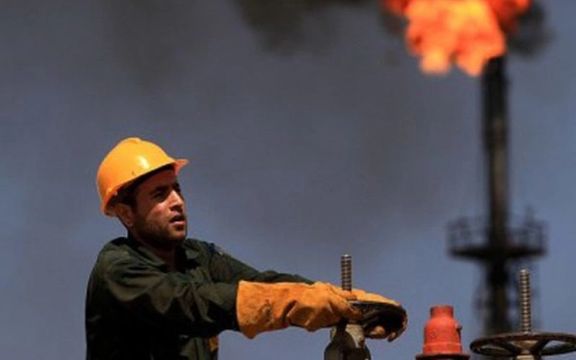
Iranian employers have threatened mass layoffs if the minimum wage is increased beyond their expectation.
The decision is expected to be made this week, with contract workers most vulnerable.
A 15-hour session of the Supreme Labor Council, the body responsible for determining the minimum wage, ended without reaching a final agreement Saturday, leaving millions of workers in doubt of their future.
The government has already decided to give its employees both in the administrative bureaucracy and its business enterprises a mere 20-percent raise when annual inflation tops 50 percent.
The government’s administrative bureaucracy, including education but not the armed forces employs around 2.5 million people.
Workers say due to the high cost of living and economic problems, they cannot agree with the government’s current proposals, which barely allow them to survive.
The minimum needed for an average family is around $310 to $390 a month. Even if the government manages to double the current minimum salary of around $100, it will fall way short of the amount needed.
Labor representatives insist that next year’s minimum wage in the non-governmental sector should be on par with the inflation of over 50 percent, but government representatives are of the idea that salaries should increase at about the same rate of public-sector employees.
There are no reliable figures about the unemployment rate in Iran because the government is known to manipulate economic data for political reasons. The labor ministry, for example considers one hour of work per week as employment, but experts believe well over 20 percent are unemployed and many more have unstable employment.
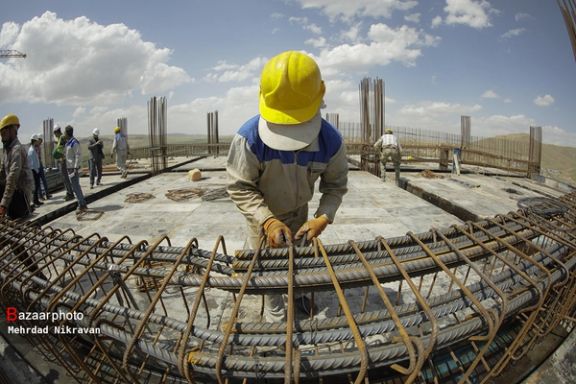
Officials in Iran are busy haggling over minimum wage for the new year beginning Tuesday, as inflation is soaring and the rial losing half of its value in six months.
A 15-hour-long session of the Supreme Labor Council ended on Saturday without reaching a final figure for the next year’s minimum monthly wage. The minimum needed for an average family to simply survive is about $310 to $390 a month, but even if the government manages to double the current minimum salary of around $100, it will fall way short of the amount needed.
The Supreme Labor Council, which consists of representatives of workers, employers, and the government, is the Islamic Republic’s mechanism to determine the salaries of the workers, in the government controlled economy.
The government has already decided to give its employees both in the administrative bureaucracy and its business enterprises a mere 20-percent raise.
Labor representatives insist that next year’s minimum wage in the non-governmental sector should be on par with the inflation of over 50 percent, but government representatives are of the idea that salaries should increase at about the same rate that public-sector employees are set to receive.
Labor groups walked out of the Friday meeting as a sign of protest, but they returned to bargaining at the request of the labor minister.
According to the centrist website Entekhab, pundits believe that the Council will settle on a final figure of about 70,000,000 to 80,000,000 rials (between about $155 to $180 at today’s exchange rates). The government and employers are pushing for these figures, but labor rights activists say that according to the inflation rate and official statistics of the poverty index, next year's wage figure should not be set below 100,000,000 rials (about $220).
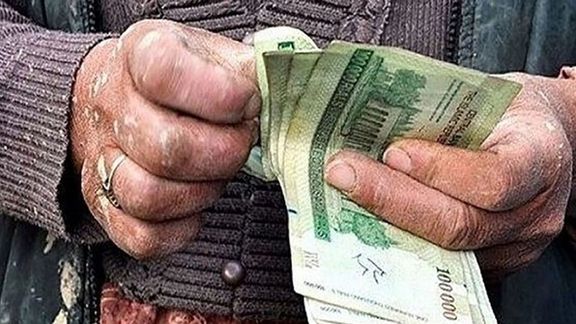
According to the International Labor Organization, the purpose of minimum wages is to protect workers against unduly low pay.
According to Iran’s Minister of Cooperatives, Labour and Social Welfare Sowlat Mortazavi, the final session will be held on Sunday, the last working day of the Iranian year. In addition to Mortazavi, Minister of Economic Affairs and Finance Ehsan Khandozi and Minister of Industry, Mines and Trade Reza Fatemi Amin represented the administration of President Ebrahim Raisi in the session.
When the government submitted the budget bill to the parliament in January, it sought to significantly increase the minimum monthly salary for the next Iranian year (starting March 21) but considering the steep devaluation of the rial in February, this seems out of reach.
The impact of rial’s fall will be highly reflected in the real value of the government’s proposed minimum wage increase of 20 percent for the next year. Since early December, the rial has fallen by around 30 percent. Many commodities already cost at least 30 percent more than the wage increase for government employees which will come into effect on March 21.
Iran has one of the lowest minimum wages in the world, but wages were increasing from 20 years ago to about 10 years ago when the minimum wage hit a record high of about $275 a month in 2010. This coincided with the time when the United Nations Security Council began imposing sanctions to force Tehran to roll back its nuclear program.
In January 2023, minimum wages in the EU member states ranged from $410 per month in Bulgaria to $2,500 per month in Luxembourg.
Iranian workers were earning more than $300 a month before the United States imposed sanctions in 2018, which pushed Iran’s currency almost ninefold lower, creating inflation that wages have not kept up with.
Rising prices and economic hardship have led to repeated labor strikes and nationwide protests since 2017, even before the imposition of US sanctions. Iran’s centrally controlled economy is inefficient and not conducive to foreign investments, with high reliance on oil exports.
The only reprieve can come from a suspension of US oil export and international banking sanctions if Iran would agree to a deal with the United States and its chief European allies. However 18 months of talks hit a dead-end in September and sanctions remained in place.
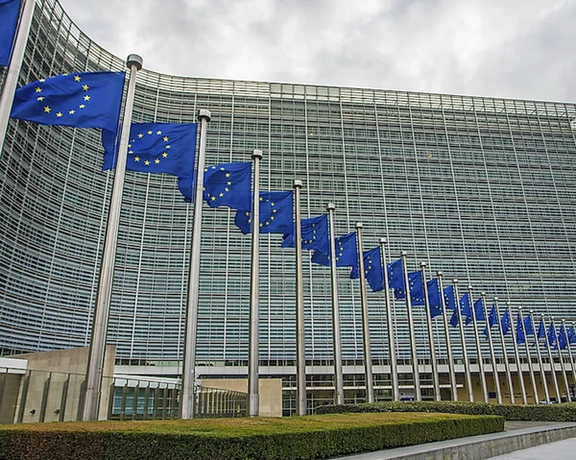
Sources say the European Union intends to impose sanctions on eight Iranians and an organization that had a hand in suppression of protests following the death in custody of Mahsa Amini.
EU countries have agreed to take new punitive measures against those responsible for the repression, the Dutch website De Telegraff quoted some sources as saying.
The bloc’s foreign ministers still have to approve the sanctions on Monday at their meeting in Brussels, but it is expected to be adopted.
The designated individuals and organizations will no longer be allowed to enter the EU and can no longer access any assets in the union. The EU has so far imposed such sanctions on 196 Iranians and 33 Iranian organizations and companies including prominent politicians and security officials.
The latest round of sanctions from the EU in late February included Iran's Culture Minister Mohammad Mehdi Esmaili for persecuting artists and filmmakers and also Education Minister Yousef Nouri for suppressing students.
The European Parliament has called on the EU to list the Revolutionary Guards as a terrorist entity, blaming it for the repression of domestic protests and the supply of drones to Russia.
However, the 27-nation bloc has so far stopped short of blacklisting the IRGC as a terror group, despite calls from Berlin and Amsterdam.